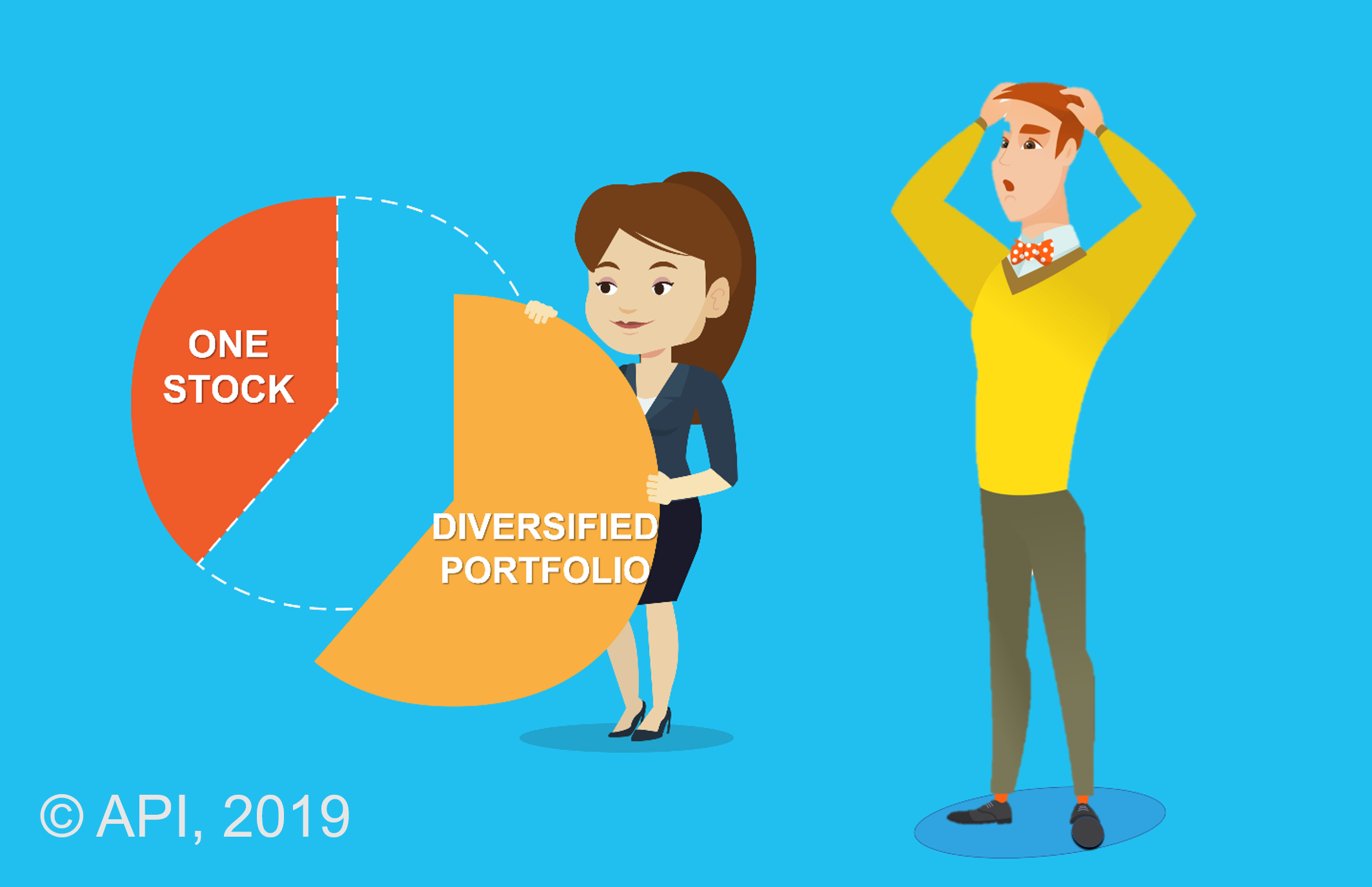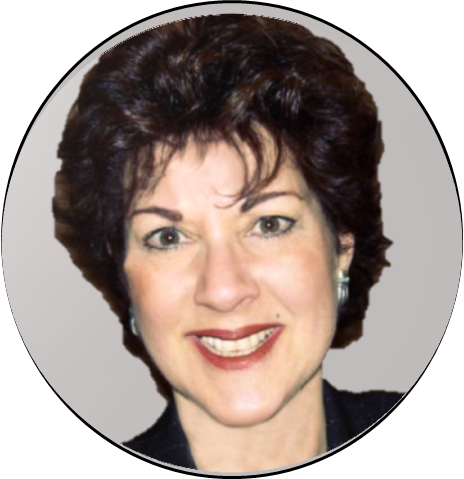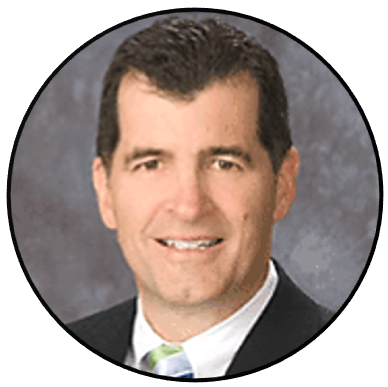Answers To Questions From Advisors About Using Mind Maps In Practice Management - Part II
Q: How did mind mapping enable your firm to pick up $110 million of AUM in under two years? Was mind mapping essential to your firm’s growth?
The mind mapping was essential to our growth. It has allowed us to growth without diluting client service. In addition, the mind mapping process attracts prospective clients. Our firm is very process driven, and a new client must first go through the mapping process before we discuss investment advisory services. By taking new clients through the mapping process, it leads to investment advisory business.
Q: When using a mind map, what do you do if clients don't understand it? Is there a way to make it simpler for these clients so they do understand?
We have not found this to be a problem. Our clients, who are mainly Boomers and Gen-Xers, take to the process right away. We have several pre-Boomer clients who, at first, were a little overwhelmed, but after experiencing it several times they appreciate the clarity it brings to understanding complex issues.
If you think about it, how can an advisor manage a client’s assets without writing an Investment Policy Statement? Taking it a step further, how can an advisor write an Investment Policy Statement without having a full understanding of a client? The mind mapping process allows us to gain a better understanding of the client’s needs. Assets typically follow once we’ve laid a solid foundation by way of the mind map.
Q: Do any of your clients request access to the mind map?
Not yet. We are working with Advisor Products to give clients access to their mind map. Once in place, we believe it will be a game-changer for an advisor’s ability to distinguish himself from competitors.
Q: What is the deliverable to the client at the end of the meeting?
At the end of the meeting, we ask the client what documents they would like to study at home. Typically these documents are the financial plan, tax planning projection, insurance recommendation, and estate diagram. We then ask them if they would prefer a printed copy or an electronic copy sent securely via email. They all have asked for the email delivery. We’ve saved many trees since our inception!
Q: What is the name of the mind mapping software you use? Would you recommend it? Does it work on a Mac?
We use MindGenius (
www.mindgenius.com) and would highly recommend it to other advisors. It is very easy to use. My 9-year-old son even uses it to organize his complicated life. MindGenius now has an iPad application.
Q: How could you use a mind map to track client progress from meeting to meeting?
We do track client progress several ways from meeting to meeting with mind mapping. For example, in one section of the map that we call “Milestones,” when something has been accomplished we move that item to the “Accomplishment” section. We can link documents such as past plans to the map.
We expect to see more innovation on the mind maps as we move forward in time, such as integration with a CRM.
Q: Can you produce an audit trail showing by date when all of the various items were entered in the mind map?
No, we cannot produce a time stamp or audit trail on the mind map.
Q: Are you using mind maps in meeting with prospects? If so, how? If not, why?
Absolutely! It is quite a bit of fun to introduce the mind mapping process to a prospective client. On the "Family Matters" section of our mind maps, we’ll populate several of the branches to learn about the client. It's fun to see them react to us typing in their family information. We also lose nothing in translation in terms of spelling names of children, grandchildren, location, etc.
We move slowly through the mapping process with prospects and intentionally spend very little time discussing their investment accounts. Most prospects expect us to jump right into the subject of their investments and insurance, in which they tend to be a little guarded. The mind map really assists in bringing down the guard of a potential client.
Q: Before meeting with a new client, how much of the mind map is prefilled?
We pre-populate the map with the client’s basic information. The magic happens when we use the mind map to facilitate conversation. This is especially true when we ask them the question: “What will likely happen to you in the next 1-3 years, both financially and non-financially?” As they are answering this question, we are populating the branches and they see their future unfold right before them – super cool! We had one client who told us they wanted to purchase a high-end RV at retirement. We linked a website of the maker of the RV to their map.
Q: How much time do you allocate for the first meeting? Does it vary by generation of the client?
We normally reserve 90 – 120 minutes when meeting with a client for the first time. It also depends on the client. Our prospect meetings typically last 60 – 75 minutes.
Q: Do you typically spend more time preparing mind maps on “A” clients versus say “B” clients? Or do you just spend the required time based on client complexity?
Often an “A” client has many more moving parts; therefore, we must spend more time on their map which is reflected in compensation from the client.
Q: How do you document the work that you do for a client over the course of a year for billing purposes and what kinds of conversations do you have around the value of this approach and the fees being charged?
Wow, I like this question! I’m going to save this for a stand-alone blog post! However, I will say our industry is guilty of having clients with large assets/minor complexities finance clients with high complexities/small assets. We, as a wealth advisory industry need to further address this matter.
Q: Do you mind map on the fly with clients with an iPad?
Don’t laugh but I do not have an iPad yet. But we do mind map on the fly with clients and centers of influence.
Q: What about allowing clients to access maps from home? Any thoughts?
We are working with Andy and his highly competent team to make this happen!
Q: Would you say that the Mind Map process dominates the introductory meeting or second meeting? It seems like mind mapping provides a structure that has little room for diving into what clients really want and fear.
Just the opposite of what you describe. The mind mapping is a part of our firm’s DNA. I’ve been in the wealth advisory business for 20+ years. The mind mapping process is the best tool in helping us discover what the client’s fears, dreams and concerns are for the future. It is a great conversation facilitator.
Q: I think this is a great planning tool. But what is the marketing side of this to get the prospects to buy into this process?
All I can say is it's working for us to be hired by our ideal client, the affluent, educated Baby Boomer. By and large the pre-Boomer generation will not buy into the process, so we normally do not engage in introductory meetings for those 70+ years old.
This Website Is For Financial Professionals Only

















